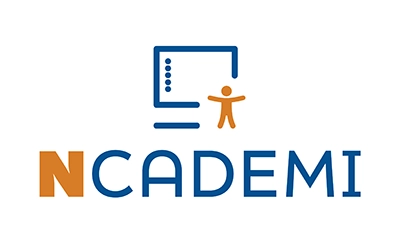State and Local Educational Agency Coordination

The Quality Indicators are designed to be implemented by state educational agencies in coordination with local educational agencies (LEAs). States play an important leadership role in establishing policies and guidelines that LEAs can adopt or adapt to ensure they properly implement practices aligned to the federal statues on which the Quality Indicators are based. Furthermore, by proactively modeling best practices and providing resources, states effectively minimize duplication of effort at the local level.
Intended Audience
- Administrators and staff at the state level who are prepared to assess and improve their current policies, guidelines, and infrastructure for leading a statewide system of providing accessible materials;
- Administrators and staff at the local level who are prepared to assess and improve their current policies, guidelines, and infrastructure for providing accessible materials within their schools;
- Policymakers who are prepared to consider the provision of accessible educational materials from the perspective of a coordinated state-local system; and
- Researchers interested in aligning studies with best practices for enacting K-12 digital accessibility policy at the state and local levels.
The Need for a Team
Primarily designed for implementation teams, each Quality Indicator includes a series of Critical Components that target specific areas of an effective system. Coordinated teams of representatives from diverse departments, roles, and responsibilities will experience more success and drive change faster than any one individual or group from a single unit.
